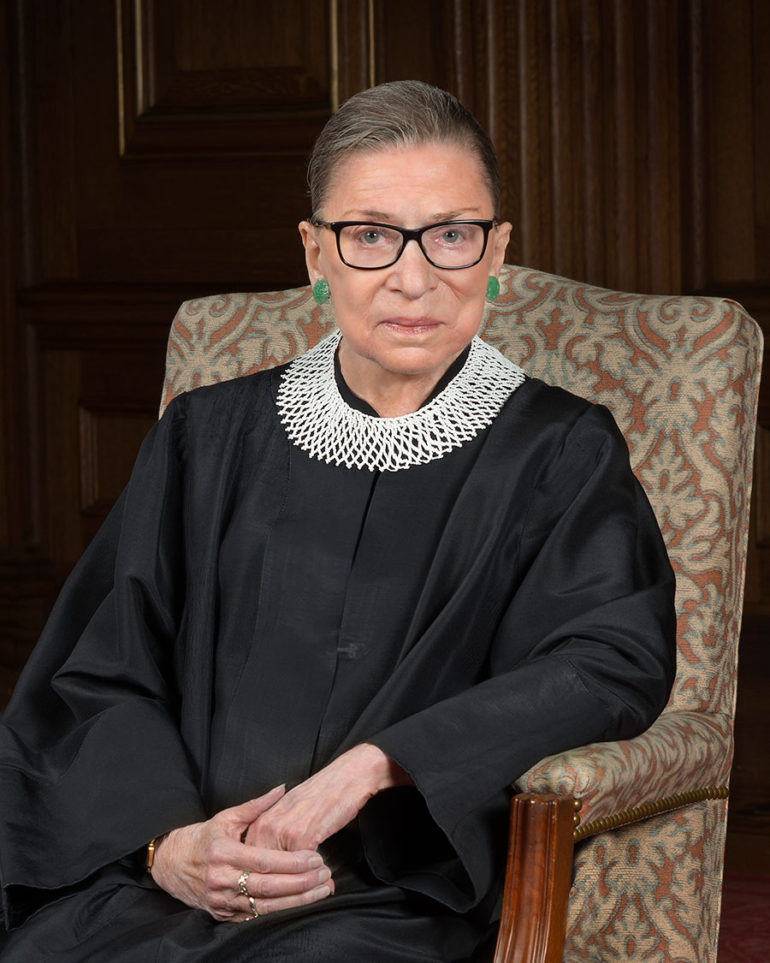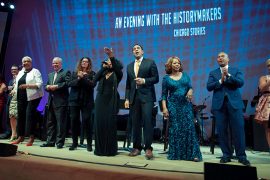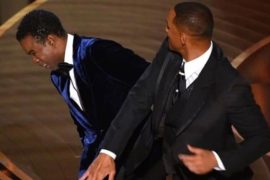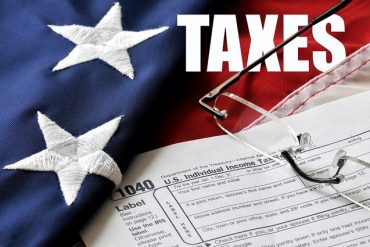As a lawyer it is easy to pay tribute to Justice Ginsberg because she embodied all that we were taught in law school about the principles of the constitution and the “rule of law”. She represented the idea of justice as defined by the framers of the US Constitution in ways that many of us did not fully understand at the time. She wrote dissenting and concurring opinions for the Supreme Court that provided lawyers and judges with a clear road map of what justice in each case should look like. She was able to frame the critical issues in a way that represented a guide for what was right and equitable within the context of the law and the current climate. Generations of lawyers and judges will use the legal analysis presented by Justice Ginsburg in years to come to frame their arguments in cases brought before the bar of justice.
When Justice Thurgood Marshall was no longer on the Supreme Court many people were concerned that the voice of justice or one who would speak truth to the other Justices could not be replaced until Justice Ginsburg was appointed to serve. She was the member of the nine who, like Justice Marshall, spoke through her dissenting opinions how the majority opinion failed to properly address the issues before them and thereby brought harm to the people in greatest need. She wrote decisions as a part of the majority or a dissent in almost every case impacting the masses presented the US Supreme Court. Cases that impact voting rights, civil rights, environmental rights, women’s rights, affirmative action, gender issues, and employee rights.
The Conscience of the Court
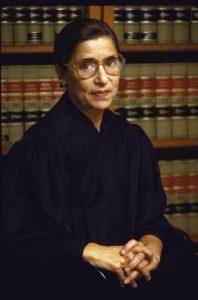 As a faith leader I remember Justice Ginsburg as a strong woman of faith who used her faith and understanding of justice to guide her legal analysis and opinions. It seemed that Justice Ginsburg defined justice in every case before the court on the basis of what is right in the eyes of God. In a number of ways Justice Ginsburg was the conscience of the Court, and in many cases the lone voice of justice. When we read any one of her dissenting and or concurring opinions we clearly see the hand of God framing her decisions. A most compelling example is found in her dissenting opinion in the Shelby vs Holder voting rights case.
As a faith leader I remember Justice Ginsburg as a strong woman of faith who used her faith and understanding of justice to guide her legal analysis and opinions. It seemed that Justice Ginsburg defined justice in every case before the court on the basis of what is right in the eyes of God. In a number of ways Justice Ginsburg was the conscience of the Court, and in many cases the lone voice of justice. When we read any one of her dissenting and or concurring opinions we clearly see the hand of God framing her decisions. A most compelling example is found in her dissenting opinion in the Shelby vs Holder voting rights case.
Justice Ginsburg Opinions
1 – In the majority opinion in a 1996 case that opened doors for women’s education. In United States v. Virginia, a 7-1 ruling determined that the Virginia Military Institute’s (VMI) male-only admissions policy violated the Equal Protection Clause of the Fourteenth Amendment. Justice Ginsburg delivered the decision. “VMI’s story continued as our comprehension of ‘We the People’ expanded. There is no reason to believe that the admission of women capable of all the activities required of VMI cadets would destroy the Institute rather than enhance its capacity to serve the ‘more perfect Union.'”
2 – In the 1999 court case, respondents L.C. and E.W. identified as women with mental illness who were institutionalized in the hospital even after medical professionals stated they would be able to continue their treatment in a community-based program.
Justice Ginsburg delivered the majority opinion that sections of the 1990 Americans with Disabilities Act determine that “States are required to place persons with mental disabilities in community settings rather than in institutions” when treatment professionals deem it appropriate, the individual does not oppose the transfer, and the State can reasonably accommodate them.
3 – In Ledbetter vs. Goodyear, Ledbetter, a female employee of Goodyear Tire & Rubber Co, sued her employer for gender-based pay discrimination over the 19 years of her career at the company, violating the 1964 Civil Rights Act. This case was ultimately brought before the Supreme Court in 2006 and the court in 2007 decided in a 5-4 ruling that Ledbetter’s claim was “untimely” as it was not filed within 180 days of the “after the alleged unlawful employment practice occurred.” They argued that “current effects alone cannot breathe life into prior, uncharged discrimination.”
Justice Ginsburg dissented with the majority opinion, pointing out that “insistence on immediate contest overlooks common characteristics of pay discrimination.” She explained that pay discrimination frequently happens in “small increments” and “cause to suspect” discrimination happens long-term.
4 – Protecting the fourth amendment (Safford Unified School District v. Redding, 2009). School officials at Safford Unified School District searched 13-year-old Savana Redding’s backpack and underwear after they received a report that she was distributing drugs to her peers. The Supreme Court made an 8-1 decision that the search violated Redding’s fourth amendment rights, which protects people from unreasonable searches and seizures by the government. The only female Supreme Court Justice at the time, Justice Ginsburg, who was part of the majority opinion, told USA Today in 2009 that she was frustrated with some of her colleagues for being unable to understand Redding’s position.
“They have never been a 13-year-old girl,” Justice Ginsburg told USA Today. “It’s a very sensitive age for a girl. I didn’t think that my colleagues, some of them, quite understood.
5 – Addressing voter discrimination (Shelby County v. Holder, 2013) In a 5-4 ruling, the Supreme Court decided that Section 4 of the Voting Rights Act is unconstitutional. Justice Ginsburg dissented to the majority opinion and wrote that this decision “terminates the remedy that proved to be best suited to block” voting discrimination. She cited that the 2006 reauthorization of the Voting Rights Act “with overwhelming bipartisan support” was a decision that recognized “40 years has not been a sufficient amount of time to eliminate the vestiges of discrimination following nearly 100 years of disregard for the dictates of the 15th amendment and to ensure that the right of all citizens to vote is protected as guaranteed by the Constitution.” “The sad irony of today’s decision lies in its utter failure to grasp why the VRA has proven effective,” Justice Ginsburg wrote. “Throwing out preclearance when it has worked and is continuing to work to stop discriminatory changes is like throwing away your umbrella in a rainstorm because you are not getting wet,” she noted.
Justice Ginsburg understood her role on the Court was to present the case for justice whether it was the majority or dissenting option. It is important that we see this Justice as one who views justice from the perspective of the person who is denied justice, not because of her position on the court
Today we must celebrate Justice Ginsburg’s life by voting to change the composition of the United States Senate so that we have Senators who will confirm the appointment of a justice that can fill the intellectual, and moral void left by Ruth Bader Ginsburg. Women must fight to change the composition of the US Senate and the Executive Branch of government that currently possesses the power to nominate federal judges to district, appellate, judges and ultimately to the United States Supreme Court.
We must be as resilient, and long suffering as Justice Ginsburg. It’s not just any woman, it is the right woman with the credentials, commitment and conscience for the job.

